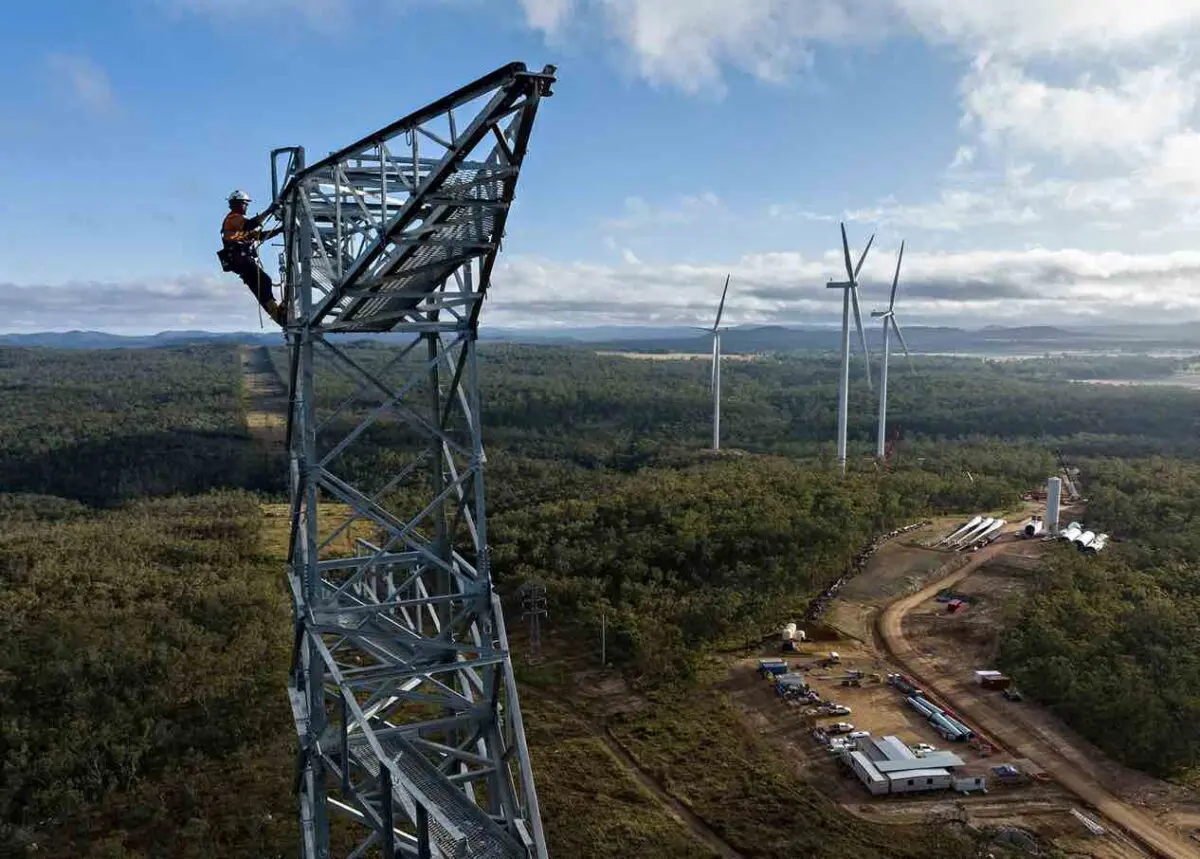Apparently, we need to build 10,000 kilometres of new powerlines to support our renewable electricity revolution. But there are many technical and social license challenges. We need contingency strategies that can maintain reliable electricity supply if there are delays.
What could we do? First, we could drive energy efficiency and demand management harder, to get more services while using less transmission capacity. That should be a ‘no-brainer’. Heating demand for inefficient buildings, and loads on transmission lines, peak when we are short of variable renewables.
Second, we can drive local energy production, storage and smart management. Virtual power plants, community batteries and smart demand management, broadly described as distributed (or community) energy resources, are ramping up.
But outdated energy market rules undermine progress. Matching seasonal solar generation to demand and maintaining grid stability can be challenging.
Beyond these options, we will need to be able to shift electricity between large renewable energy generators, users and storage.
The mainstream global view is that we will need a lot of new powerlines. The basic problem is that an unfinished powerline delivers no useful energy.
Delays in roll-out create bottlenecks with serious economic and reliability impacts as new renewable energy generation cannot deliver useful electricity and the owners of those assets lose money.
But powerline construction is complicated technically and socially, and the energy sector’s track record in building trust and social license is poor. Labour and material shortages add to challenges.
The ‘top-down’ solution is to offer compensation to those affected, or to bulldoze over their concerns in response to the broader societal interest. Neither of these is very satisfactory, and both can lead to long delays.
The Snowy 2.0 debacle highlights the technical challenges of large-scale projects, while the costs and uncertainties faced by developers of solar and wind farms denied access to grid capacity are undermining investment in our urgent decarbonisation strategy.
The International Energy Agency has recently released a study of future directions for electricity grids. It acknowledges that grids will need to work in new ways, and that grids risk becoming the weak link in future energy solutions. What can we do if transmission line projects are delayed?
In addition to the measures outlined earlier, we can increase utilisation of existing powerlines.
Most powerlines have relatively low average utilisation: they work hard at times of peak demand, but operate well below capacity for most of the time.
Batteries well-managed and located strategically throughout the grid can smooth loads on powerlines while improving consumer reliability and voltage stability. Distributed energy storage can be ‘trickle charged’ to help manage peaks locally.
We will also need to consider ‘outside the box’ options. One potential option is portable storage.
With modern high energy density battery technology, an electrically powered semi-trailer can transport a battery with several megawatt-hours of stored electricity to a major customer or part of the grid that has spare capacity or needs more power at quite low cost.
Trains towing batteries could transport a lot of electricity to where it can be used cost-effectively by consumers. Indeed, this approach could potentially be used by existing renewable energy generators that are being adversely impacted by AEMO limits on their electricity output.
These portable batteries could also be handy after bushfires or floods, and they could be used during peak harvesting and processing in rural industries.
There is increasing interest in producing high temperature heat using solar energy: this can be transported to where heat would otherwise be produced from electricity.
We could also question why powerlines must be installed on new ‘rights of way’ when we have roads and railway lines with existing reservations close to hotly debated new reservations for power lines.
Surely we could design powerlines that use those existing reservations without creating safety or other issues? At present the debates seem to be about traditional above ground powerlines and expensive underground powerlines. Maybe neither of those is the solution?
We need creative solutions to overcome entrenched thinking. I am sure that others could come up with better ideas than I have. We need them!
Alan Pears is an adjunct professor at RMIT and one of Australia’s leading energy efficiency experts. This article was first published in Renew, edition 166. Reproduced with permission of the author.









